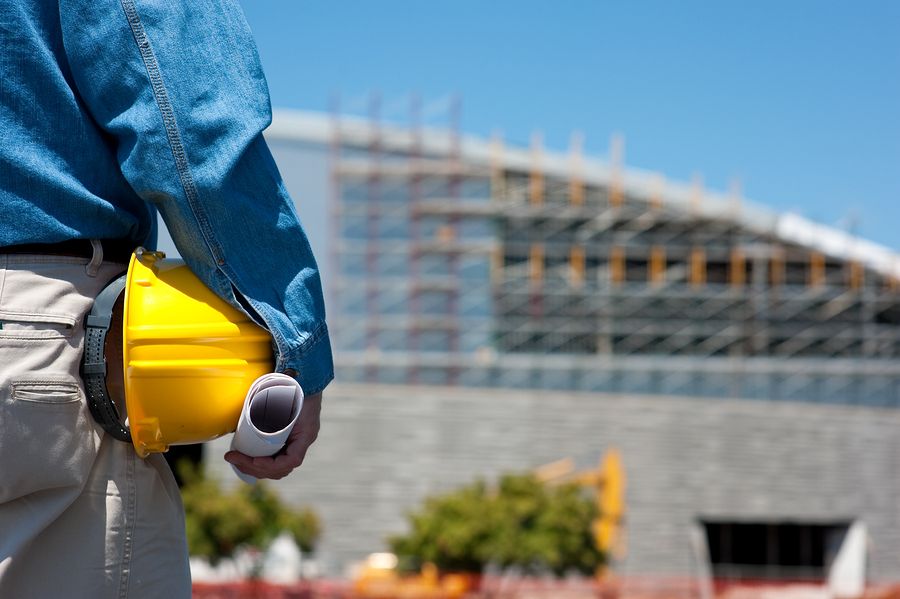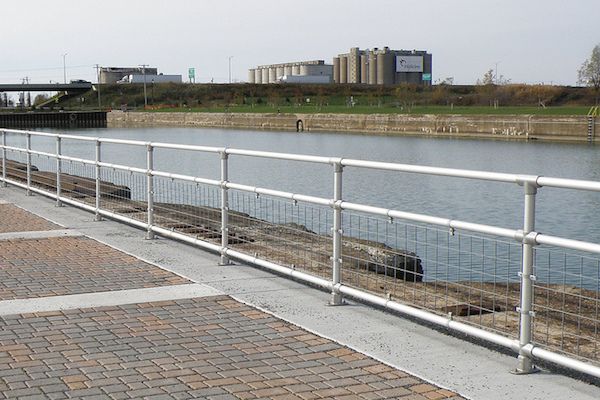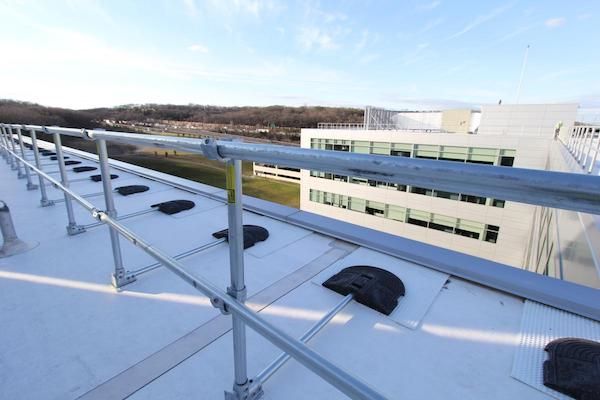When Is IBC Important In Fall Protection?

IBC is the law and should not be taken lightly.
International Building Code (IBC) is,
"…a model code that provides minimum requirements to safeguard the public health, safety and general welfare of the occupants of new and existing buildings and structures."
In short, IBC addresses requirements to protect the general public in potentially hazardous areas. However, how does IBC apply to fall protection?
It is easy to think of OSHA when dealing with fall protection. OSHA is designed to protect those who are employed and whose job requires them to be at risk. IBC focuses on areas with public access. Meaning, it is not the working professional with safety training that is needing protection, it is everyone else.
Because of this certain aspects of the fall protection need to be considering everyone, from the small child to the elderly.
The best way to briefly explain the critical differences between OSHA and IBC requirements is to use guardrail as an example. Imagine you are going for a walk along the canal. There is a railing between you and the potential drop into the water. What does that railing look like?

Now image you are on a roof of a large manufacturing plant. Harder to imagine if your job does not entail responsibilities such as roofing work, HVAC maintenance and repair, etc. There should be a railing between you and the edge of the roof. What does this one look like?

Visually you notice a fundamental difference right away. One has grid welded wire to protect in between the rails. OSHA only requires that a 19" sphere not be able to pass through the railing, IBC generally requires a more stringent 4” maximum. Reason being that if a child were to walk up to a hazard, they wouldn’t be able to go underneath or climb through the railing.
Another big difference that is less noticeable is how the railing needs to stand structurally. IBC requires a certain load per linear foot, where OSHA requires a concentrated load. Here’s why:
OSHA, being specific to employees doing a task, designs their requirements to the railing with the idea of a potential fall of an individual. This is an impact load.
IBC, being concerned with the general public, designs their requirements with the possibility of multiple people leaning on the railing at once. This is a constant load with many variables.
The point here is that when you are constructing, remodeling, erecting any building or structure, you should be aware of local building codes and if specific areas will be accessed by the general public. If you slap a prominent "Authorized Personnel Only" on the door accessing the area, it is likely IBC will not apply. However, if this area inevitably will have children, elderly, and anyone in between walking through, do your due diligence to comply with applicable IBC standards.



